As medical devices, hearing aids tend to stay the same over time. They are often designed by engineers and medical specialists who might overlook user experience. As a result, people with hearing loss often feel excluded and conspicuous because of wearing a conventional, over-the-ear aid. These designs aim to reduce the stigma through transforming aids into a wearable technology product that gives people better hearing, style and confidence.
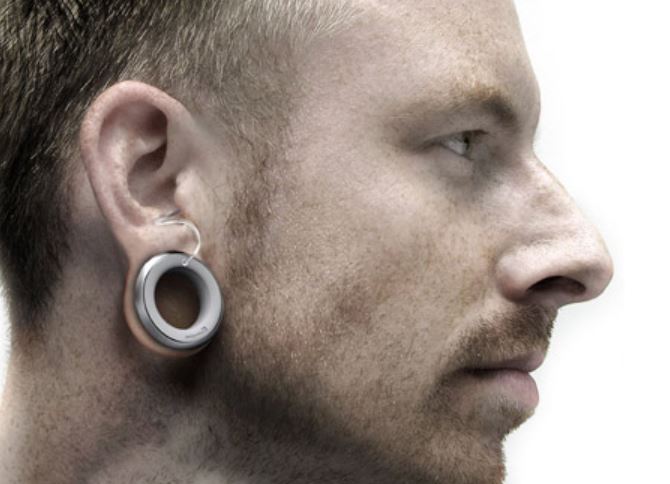
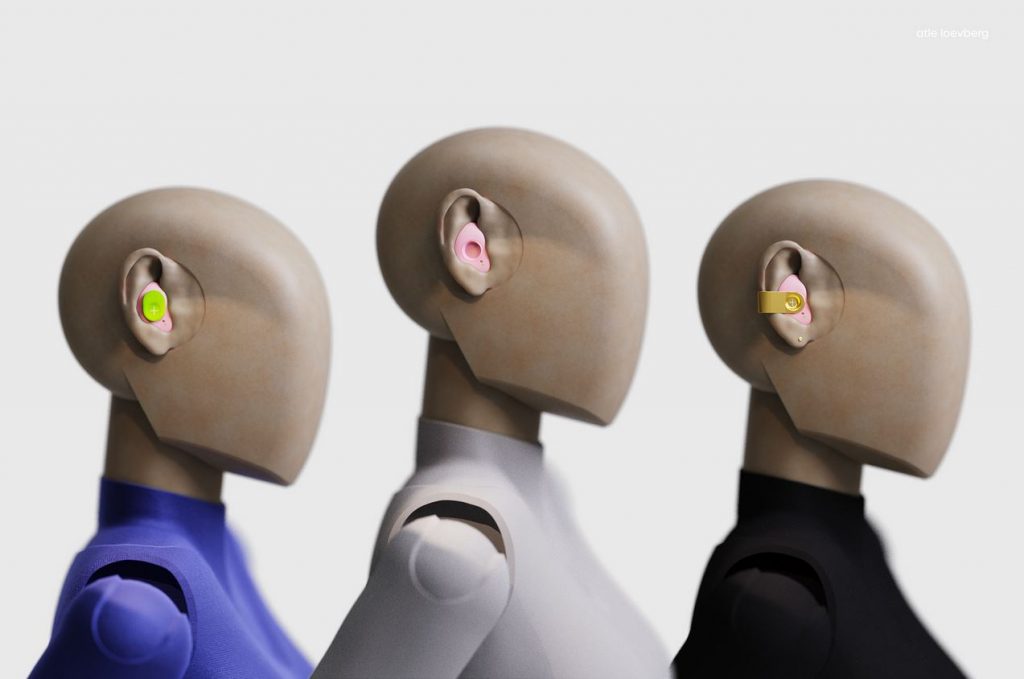
Hearing Aid by Atle Loevberg
Berlin-based product designer and a recent Falmouth University graduate Atle Loevberg has developed a hearing aid that blurs the boundary between clinical assistive technologies and jewellery.
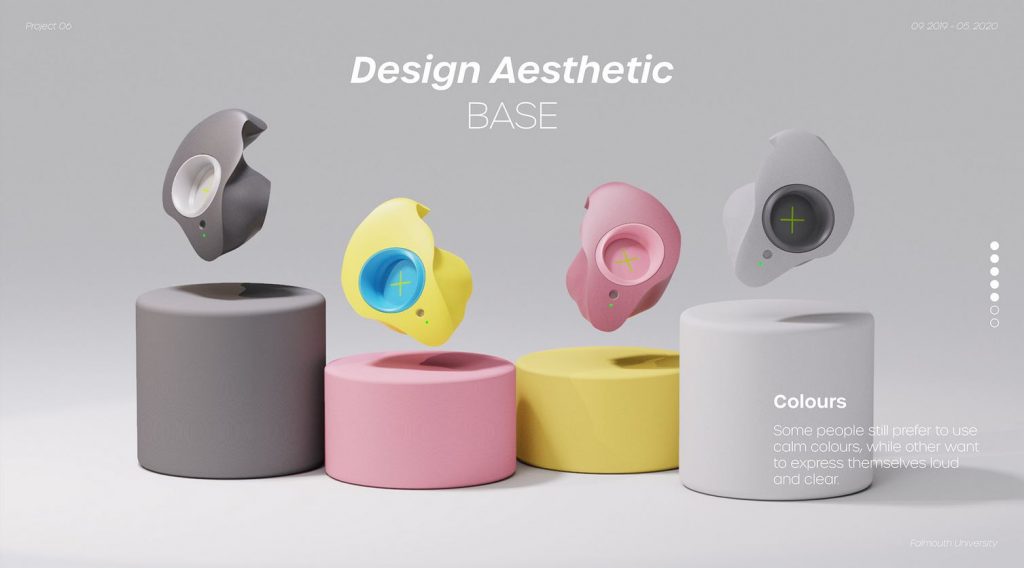
Hearing Aid by Atle Loevberg
The device comprises an open structure that naturally reflects the shape and function of the ear. Users can add bespoke attachments and functions to the opening of the hearing aid to better reflect personal tastes, cultures and values.

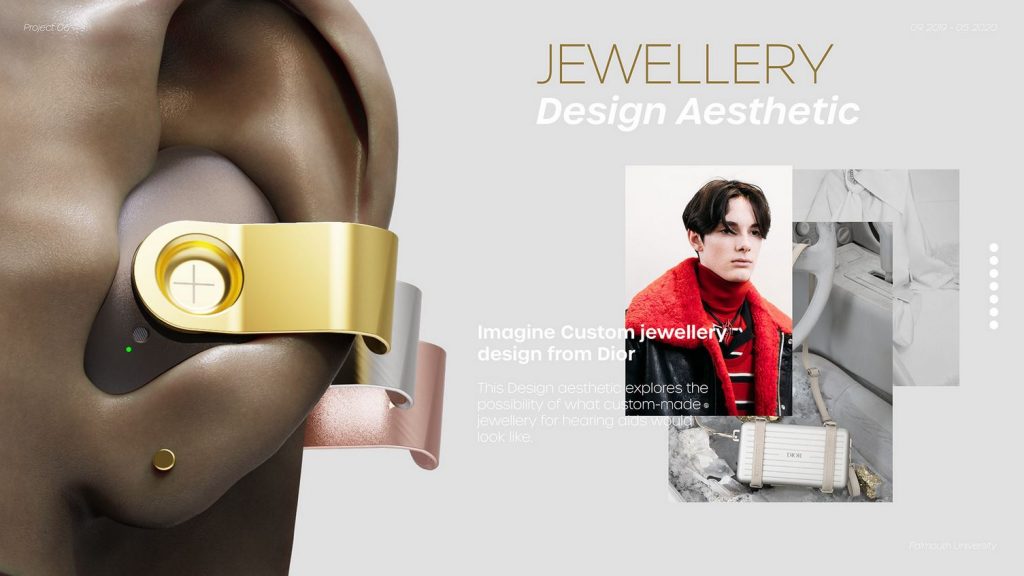
Hearing Aid by Atle Loevberg
The designer hopes brands and designers would be interested in developing their own attachments for their audiences.

Deafinite Style by Designaffairs Studio (also header image)
Conceptual hearing aid by German Designaffairs Studio is also designed to improve the user’s confidence by making the device look like a piece of jewellery and turning it into a stylish accessory. Named Deafinite Style, the device comes with a plug that forms a flesh tunnel through the wearer’s earlobe.
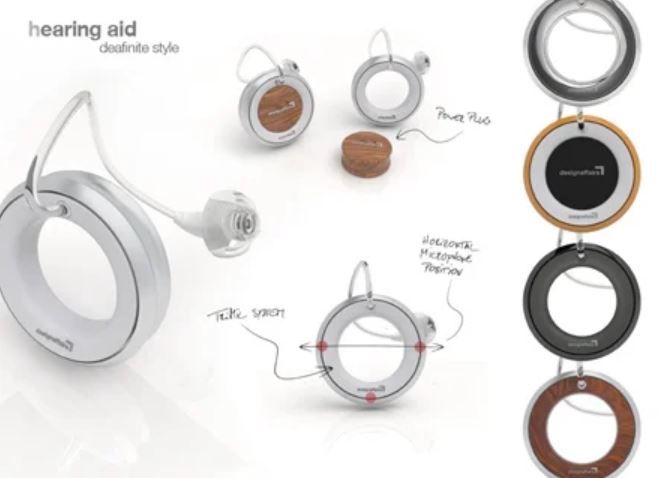
Deafinite Style by Designaffairs Studio
Hearing aid is made for customers with a medium level of hearing disability, but the team has also developed the plug with a more powerful system in a case of a severe hearing damage.
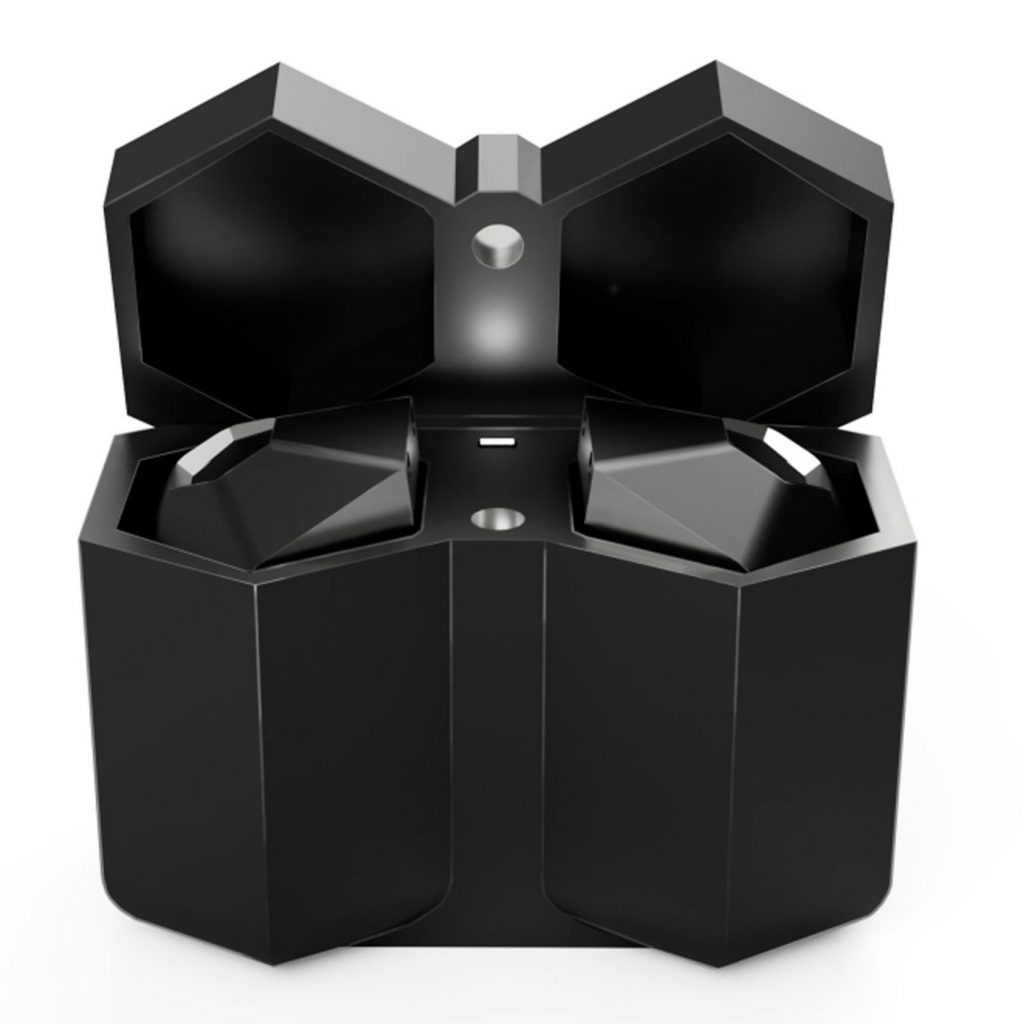
Hex by Elen Parry
Manchester Metropolitan University student Elen Parry has came up with an idea of a hearing aid that could help the hearing impaired to tune out unwanted background noise, while also functioning as regular earphones.
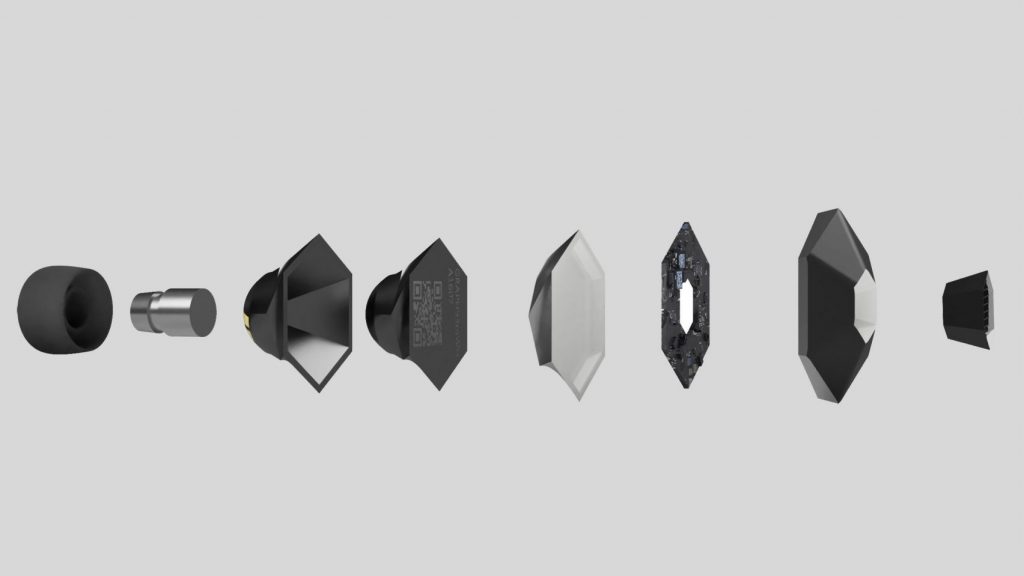
Hex by Elen Parry
The hexagonal-shaped earbuds, titled Hex, have been 3D-printed using medical grade titanium to resemble normal earphones. They contain a processing chip that differentiates between background noise and active noise, such as music or a voice on a phone call. The hearing aid features a rechargeable graphene battery with dual connectivity strips for faster charging.
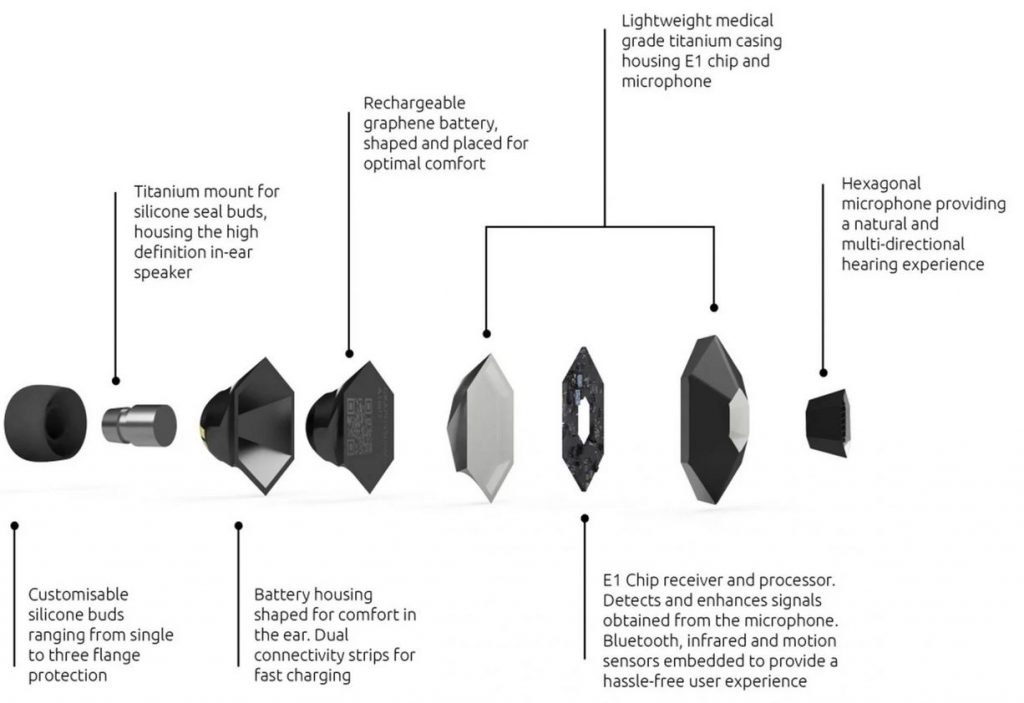
Hex by Elen Parry
The device enables users to increase or decrease the volume of background noise themselves, allowing those with hearing difficulties to more easily tune out surrounding noise. In this way, Hex prevent the user’s hearing from deteriorating further.
The device can be transformed into headphones through attaching silicone earbuds. It can then be connected to Bluetooth to listen to music or receive phone calls.